This is Chimney, he also goes by the name of Neville according to our neighbour, his real name is unknown. He’s our friendly neighbourhood cat who’s always on the lookout for his next free lunch.
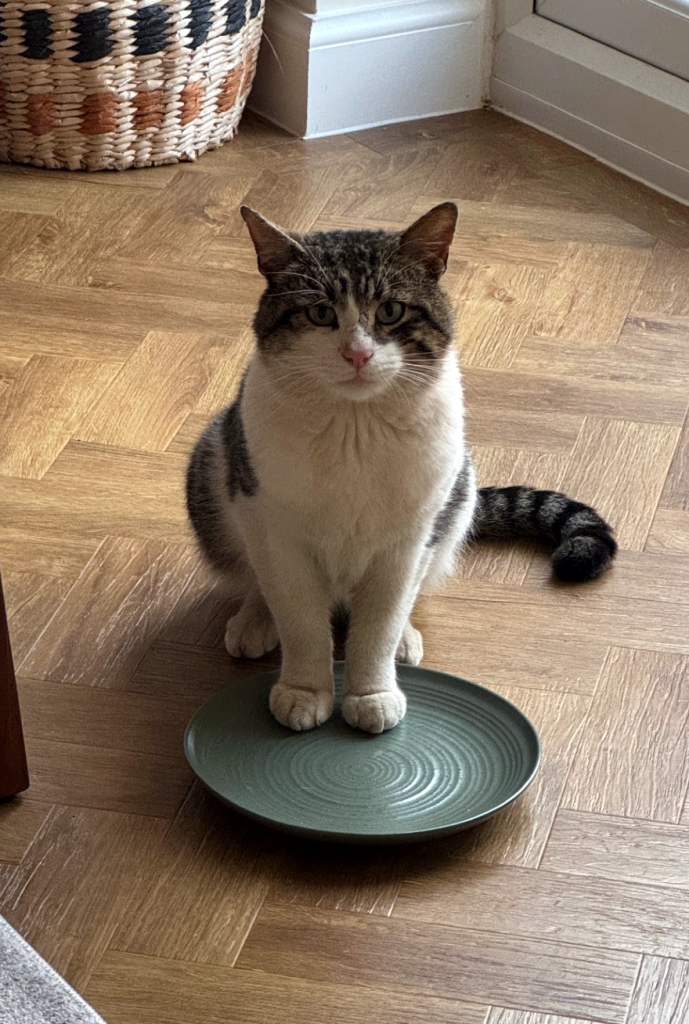
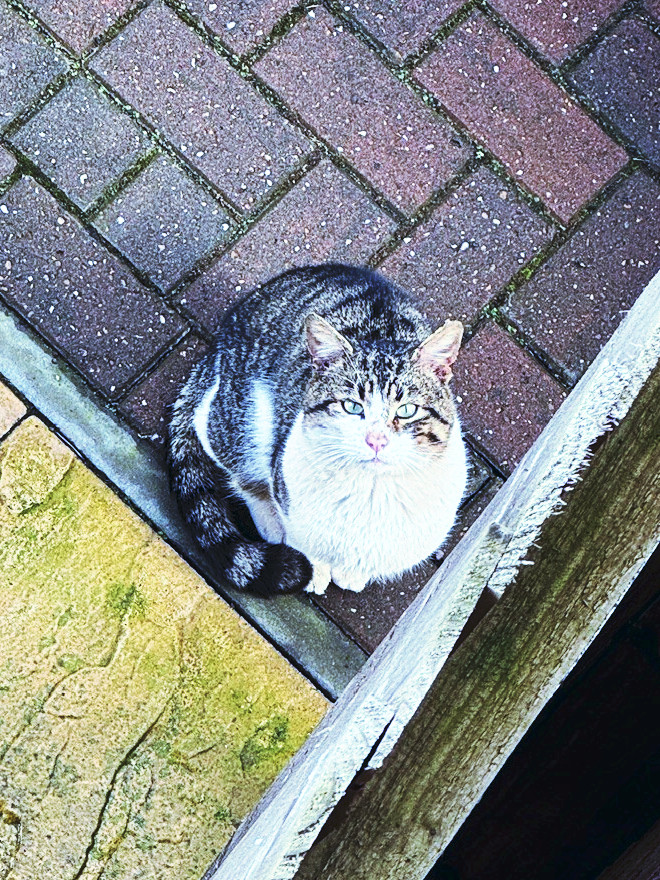
Cat of the Bunch ~ April 2025
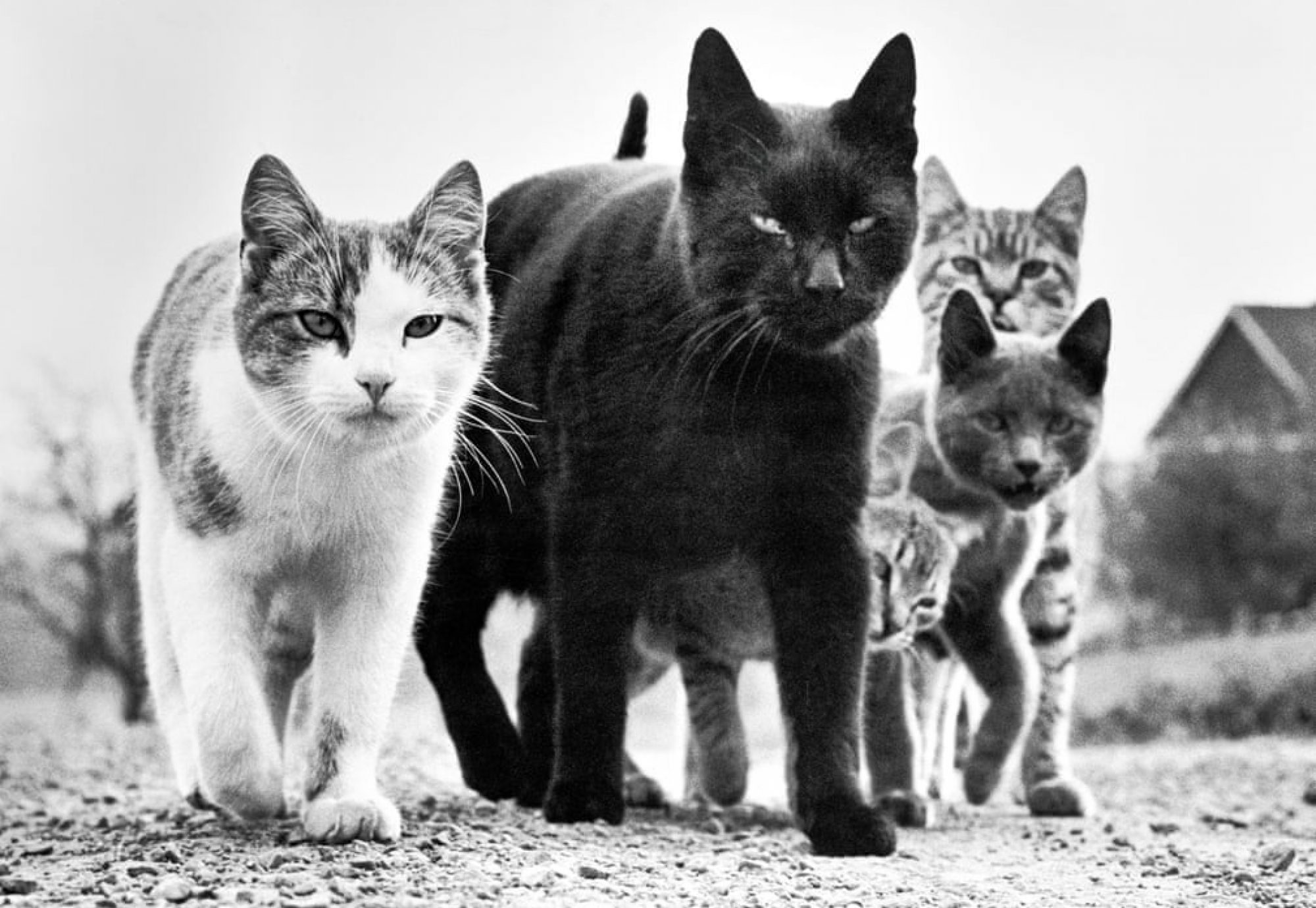

Feline Blogs & Information
This is Chimney, he also goes by the name of Neville according to our neighbour, his real name is unknown. He’s our friendly neighbourhood cat who’s always on the lookout for his next free lunch.


Cat of the Bunch ~ April 2025
The Pixie Bob is a unique and fascinating cat breed, known for its striking wild appearance and friendly, affectionate personality. Some even say “it’s a cat that thinks it’s a dog”. Originating in Washington State in the early 1980s, the breed origin is a little bit mysterious, with some claiming it was created by crossing domestic cats with bobcats.
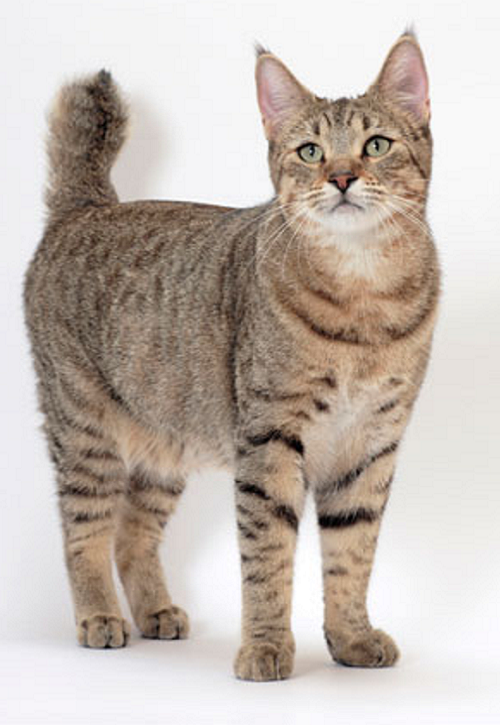
While this wild ancestry is debated, it’s clear that the Pixie Bob does have some wild-like traits, particularly its muscular build and distinctive bobbed tail, which is typically two to four inches long. These traits are what set them apart from other domestic cats, giving them a wild, yet charming appearance.
Physically, Pixie Bobs are medium to large in size, with a strong, athletic frame. Their coats are soft and dense, and can be either short or long, with a variety of tabby patterns in colors like brown spotted or mackerel. The breed is also known for its broad, rounded face, large, expressive eyes, and ears that are often tipped with tufts, enhancing their wild look.
What really sets the Pixie Bob apart, however, is its personality. These cats are not just beautiful; they’re incredibly friendly and social. Known for their loyalty and affection, they tend to bond deeply with their human companions and enjoy being part of the family. Pixie Bobs are often described as “dog-like” because they tend to follow their owners around, greet them at the door, and even play fetch. Their playful nature, combined with their intelligence, means they’re highly trainable, and many owners find them easy to teach tricks or even leash-train.
Despite their wild-like looks, Pixie Bobs are generally gentle and easygoing. They’re good with children and other pets, making them an excellent choice for families. While they’re social, they also appreciate having a bit of personal space and aren’t fans of being overly handled or petted in ways that feel invasive to them. They’re known to be a bit protective of their family members, but their affectionate nature more than makes up for any initial reserve.
Health-wise, Pixie Bobs are a relatively healthy breed, with a typical lifespan of 12 to 14 years. Like many breeds, they can be prone to certain genetic conditions, such as heart issues, but overall they are sturdy and resilient. Their grooming needs are also manageable, with regular brushing recommended to keep their coats in good shape, particularly for the long-haired variety.
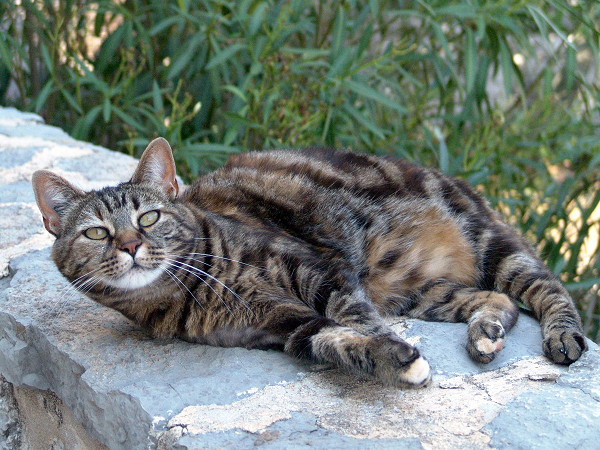
Despite being a rare breed compared to more common cats like Maine Coons or Persians, the Pixie Bob has gained recognition from cat breed associations like The International Cat Association (TICA) and has steadily grown in popularity among cat enthusiasts. If you’re looking for a cat that is both unique in appearance and temperament, the Pixie Bob offers the perfect blend of wild charm and warm companionship, making them a perfect fit for active families or anyone who wants a fun, affectionate feline friend.
Twas the Night Before Christmas
Twas the night before Christmas, when all through the house
Not a creature was stirring, not even a mouse;
The stockings were hung by the chimney with care,
In hopes that St. Nicholas soon would be there;
The children were nestled all snug in their beds,
While visions of sugar-plums danced in their heads;
And mamma in her ‘kerchief, and I in my cap,
Had just settled down for a long winter’s nap,
When out on the lawn there arose such a clatter,
I sprang from the bed to see what was the matter.
Away to the window I flew like a flash,
Tore open the shutters and threw up the sash.
The moon on the breast of the new-fallen snow
Gave the lustre of mid-day to objects below,
When, what to my wondering eyes should appear,
But a miniature sleigh, and eight tiny reindeer,
With a little old driver, so lively and quick,
I knew in a moment it must be St. Nick.
More rapid than eagles his coursers they came,
And he whistled, and shouted, and called them by name;
“Now, DASHER! now, DANCER! now, PRANCER and VIXEN!
On, COMET! on CUPID! on, DONNER and BLITZEN!
To the top of the porch! to the top of the wall!
Now dash away! dash away! dash away all!”
As dry leaves that before the wild hurricane fly,
When they meet with an obstacle, mount to the sky,
So up to the house-top the coursers they flew,
With the sleigh full of toys, and St. Nicholas too.
And then, in a twinkling, I heard on the roof
The prancing and pawing of each little hoof.
As I drew in my hand, and was turning around,
Down the chimney St. Nicholas came with a bound.
He was dressed all in fur, from his head to his foot,
And his clothes were all tarnished with ashes and soot;
A bundle of toys he had flung on his back,
And he looked like a peddler just opening his pack.
His eyes — how they twinkled! his dimples how merry!
His cheeks were like roses, his nose like a cherry!
His droll little mouth was drawn up like a bow,
And the beard of his chin was as white as the snow;
The stump of a pipe he held tight in his teeth,
And the smoke it encircled his head like a wreath;
He had a broad face and a little round belly,
That shook, when he laughed like a bowlful of jelly.
He was chubby and plump, a right jolly old elf,
And I laughed when I saw him, in spite of myself;
A wink of his eye and a twist of his head,
Soon gave me to know I had nothing to dread;
He spoke not a word, but went straight to his work,
And filled all the stockings; then turned with a jerk,
And laying his finger aside of his nose,
And giving a nod, up the chimney he rose;
He sprang to his sleigh, to his team gave a whistle,
And away they all flew like the down of a thistle.
But I heard him exclaim, ere he drove out of sight,
HAPPY CHRISTMAS TO ALL, AND TO ALL A GOOD-NIGHT!
Clement Clarke Moore
Clement Clarke Moore wrote Twas the night before Christmas in 1822. It is also known as ‘A Visit from St. Nicholas’
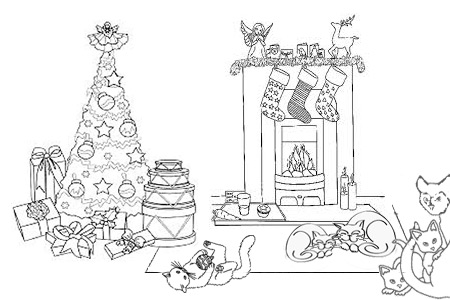

Just three days to go before it’s international cat day.
International Cat Day is a celebration which takes place on 8 August of every year. It was created in 2002 by the International Fund for Animal Welfare. This organisation was set up to help animals of all kinds, not just our cat kin. The purpose of the event is to raise awareness for cats and learn about ways to help and protect them.
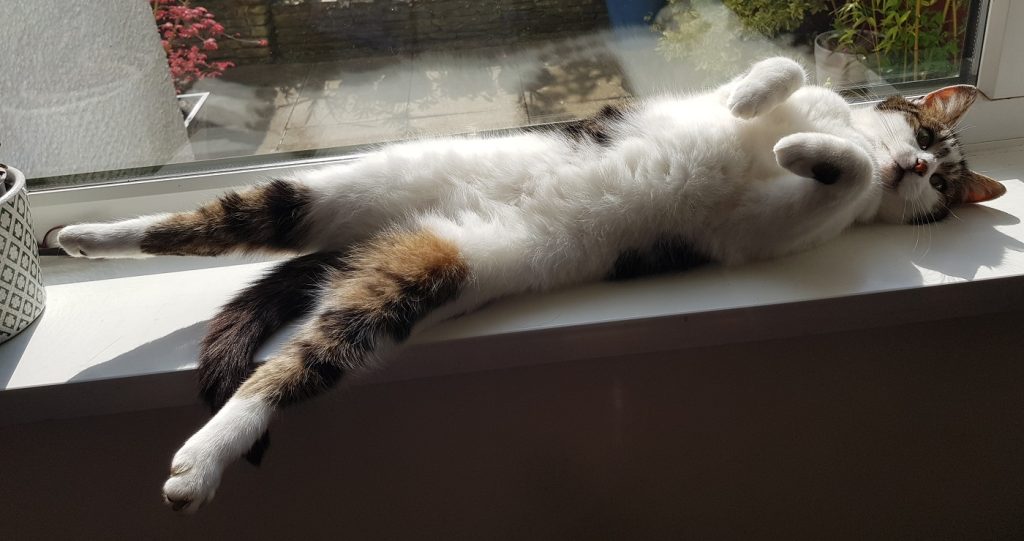
To read more about this event please view our 2022 post here or visit the daysoftheyear.com website. (not affelineitated :-))
Reader, we took a walk in the park, down memory lane in fact, where the other half used to hang around with various mates, cut through to the chip shop and do (highly dangerous) backies …. falling off quite frequently apparently, picking up scrapes and grazes (as you do when you’re a kid).
Walking the perimeter (probably a mile in all), about half way round we noticed a beautiful black and white longhaired puss enjoying the shade of the undergrowth.
We stood still and didn’t want to approach for fear of spooking her, but after a few minutes she seemed to say ‘ok, you’ve passed my little test’ and began to stir herself from what looked like a very comfortable spot.
We fussed her and she loved it (as you know, many cats do). What a friendly creature though! Purring and scratcing her head on our hands to ease the aches and pains in her skull bone. On closer inspection we noticed a very unusual spot on her eye.
She is likely a resident in one of the local houses, as was well fed and groomed. And what a coat too, like fine silk.
… We’d say look out for your local strays and well kept moggies too (as if you didnt already)… they can brighten up any day. They could become a regular feature here, that’s for certain ……
Northern Tiger cats (Leopardus tigrinus) were previously referred to as Oncillas, Tigrinas, Small-spotted cats or Tiger cats. In 2013 after genetic testing, the Oncilla was split into two species and they are now referred to as either Northern Tiger Cats or Southern Tiger Cats Leopardus guttulus.
Tiger cats are one of the smallest cat species in the Americas, averaging just 2.5 kg but in some cases reaching a maximum weight of 3.5 kg. These larger cats are usually males.
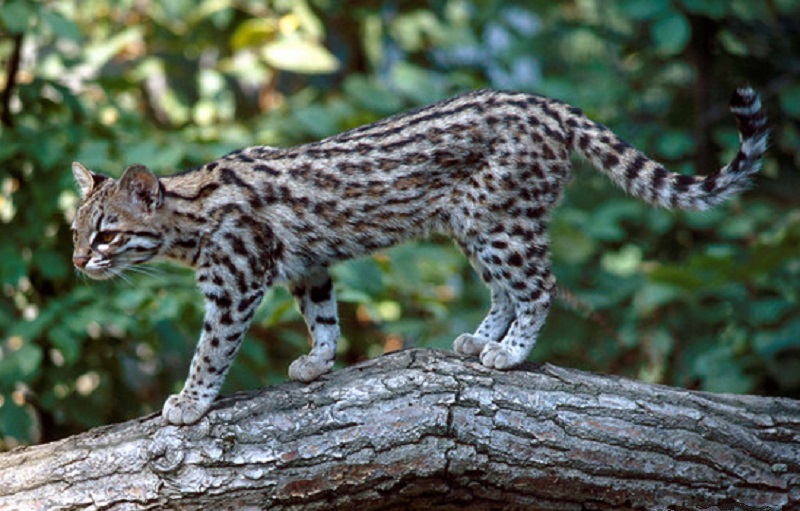
They are delicatly built, with a narrow head and large ears. They have a black rear end with a central white spot. Their eyes have a white line above an eye colour of golden or light brown. The large ears have are black ‘outside’ with a central white spot.
Northern Tiger cats are pale yellow to ochre or grey, marked by small dots that tend to form an open rosette. Melanism is common. The paler belly fur is covered with dark spots. The fur is firm, lies close to the skin and does not turn forward in the nape region as it does on the Ocelot and Margay. Limbs are spotted on the outside and the long tail has spots at the root, developing into a thinly ringed tail with a black tip.
They are found in a range from Costa Rica and Panama in Central America into South America up to Central Brazil. Its southern limits are not yet well known, as well as the extent of a possible overlap with the populations of the Southern Tiger cat. Its distribution in the Amazon basin is possibly patchy and not continuous. The Northern Tiger cat is absent from Colombia, Venezuela, and Paraguay. From Ecuador and Peru, only few museum specimens exist and only in 2000 the species was formally confirmed in Bolivia through live-trapping.
Northern Tiger cat population densities are very low throughout most of its range. For example in the Amazon, usually the safeguard region for the tropical American felids, the Northern Tiger cat occurs at exceedingly low densities of perhaps only 0.01 individuals per 100 km². There is evidence that it is also naturally rare and elusive in Central America and some areas of Brazil.
The Northern Tiger cat lives in a wide range of forest habitats, semi-arid thorny scrub, savannah and wet/swampy savannah. In Central and northwestern South America, it is mainly associated with montane cloud forests, where it is usually found at higher elevations than the Ocelot and Margay. Even though it is found in Amazonian rainforests it is not clear to what degree they use this habitat. It can be found in disturbed habitats, even close to human settlements, as long as there is natural cover and a source of food.
As a generalist carnivore and the largest and most adaptable of the small cat species in tropical America, the Ocelot dominates the other small cat species. In areas where the Ocelot occurs, species like the Northern Tiger cat avoid those areas because of the threat of predation. This negative effect on other small cat species is called the “ocelot effect”.
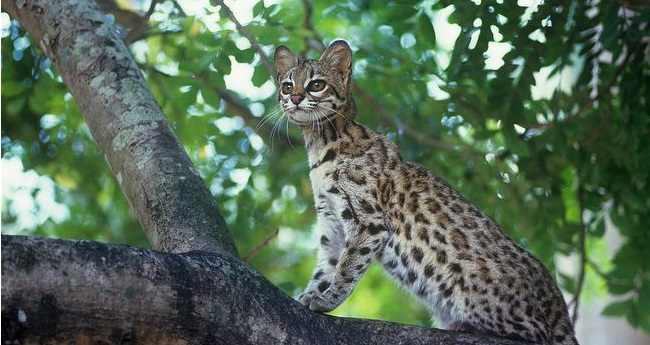
The Northern Tiger cat is a solitary felid. It is active predominantly at night, but can also show varying degrees of diurnal activity. This activity during any time of the day is suggested to be a strategy to avoid the Ocelot. On the other hand, Tiger cat numbers are not affected by the presence of the Margay and Jaguarundi, which are more likely potential competitors for similar sized prey.
Tiger cats are excellent climbers, but spend most of their time on the ground as most of their prey is terrestrial. When threatened, they show an aggressive behavior with arched back and raised hair, besides showing the teeth and producing a “whistling-spiting” vocalization.
The Northern Tiger cat’s diet is still very poorly studied, but is known to be based on small mammals such as rodents, birds and reptiles.
As is common with many animals, the threats to life are many:
Conservation
The Northern Tiger cat is classified as Endangered in Brazil and Vulnerable in Colombia. Brazil is the main range country for both the Northern and Southern Tiger cat species.
These cats are protected over part of their range. Hunting is prohibited in Brazil, Colombia, Costa Rica, French Guiana, Suriname and Venezuela, but they are not legally protected in Ecuador, Guyana, Nicaragua, Panama and Peru.
Although the international trade in furs has been heavily reduced, illegal hunting and capturing still takes place, mostly for the local market. Historical trade on tiger cats (which would include both species) from 1976 to 1985 consisted of astonishing 352,508 skins.
See also Southern Tiger Cat
Source: Original Article International Society for Endangered Cats (ISEC) https://wildcatconservation.org/
Hello folks & moggies,
I hope you are doing well? I just wanted to say Hi again, as I have recently had my portrait done and it’s a beauty of a painting (even if I do say so myself). As you know I have been keeping my human company for over ten years now and I am so well loved and no trouble at all. My first post here was on 10th July 2011….how time flies when youre having fun, eh!
Anyway, I’ll cut to the chase and tell you that my portrait is below … you know I always like to sit like that: with one paw out; the other tucked under. It keeps one cool and one warm, just how I like it.
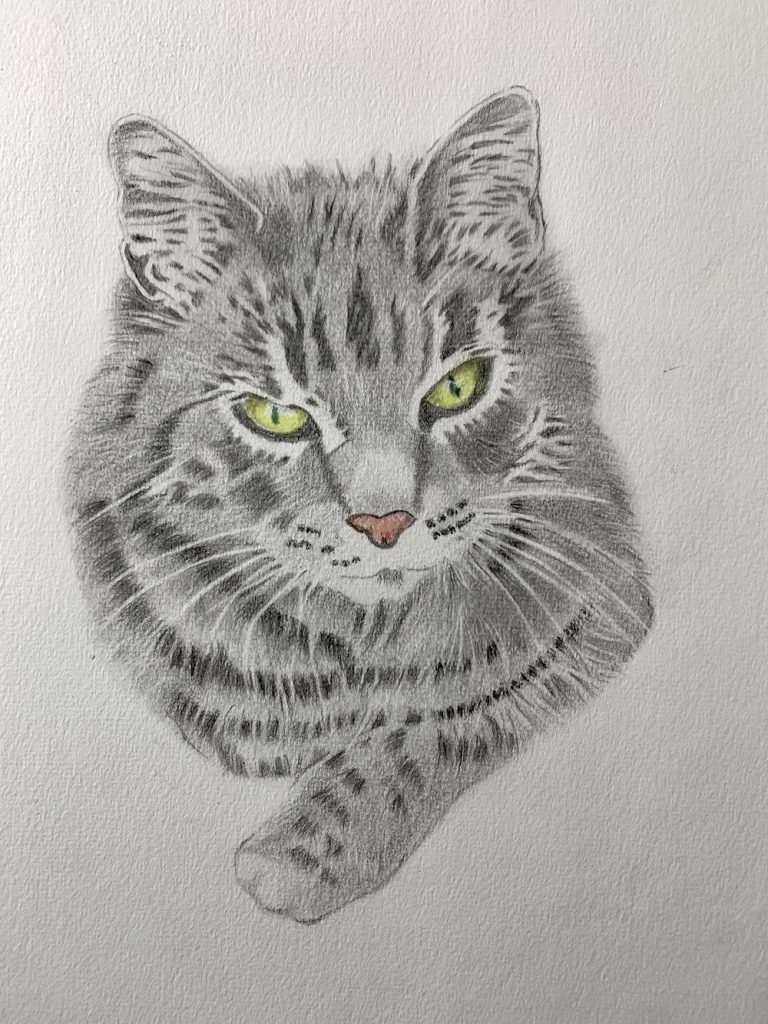
Have a great summer everyone.
Love,
George x